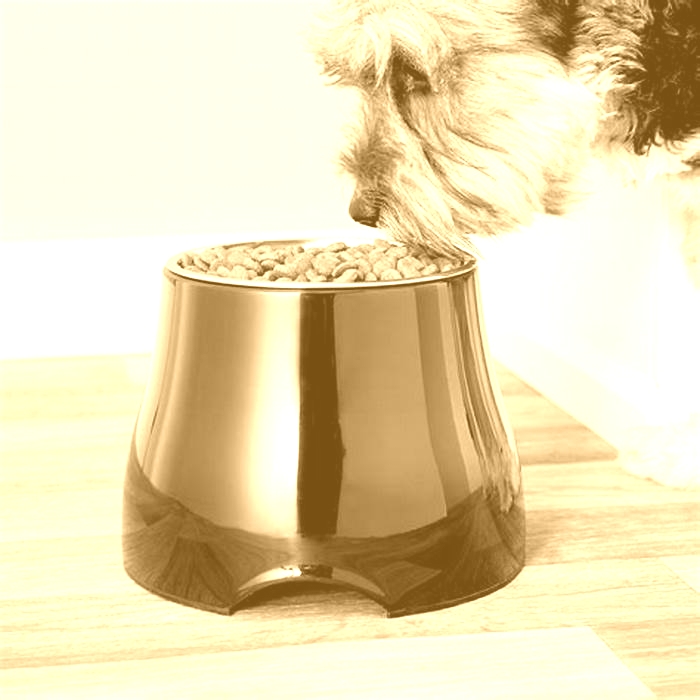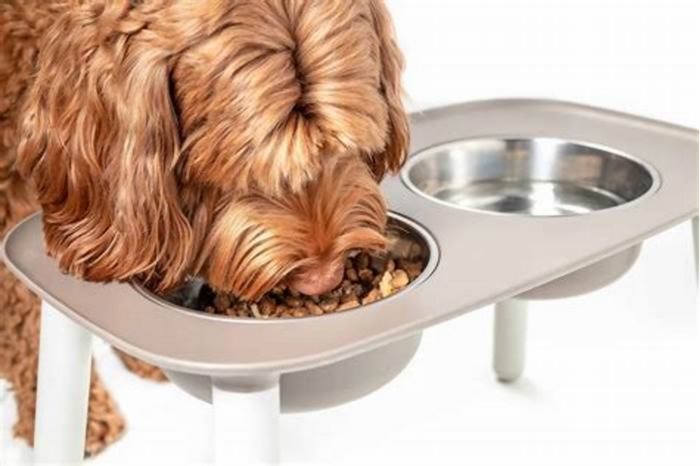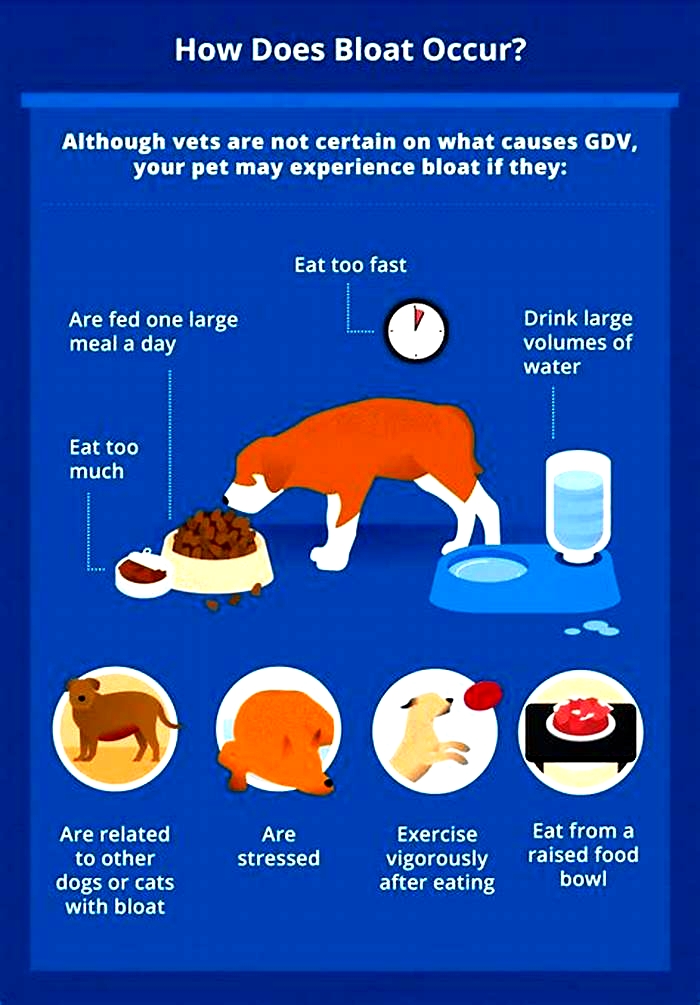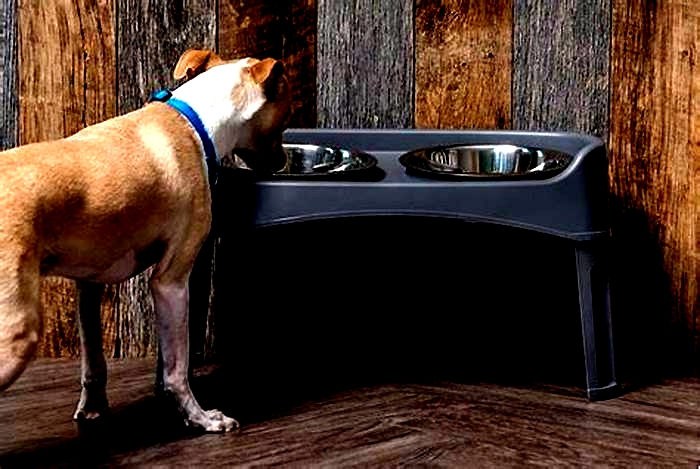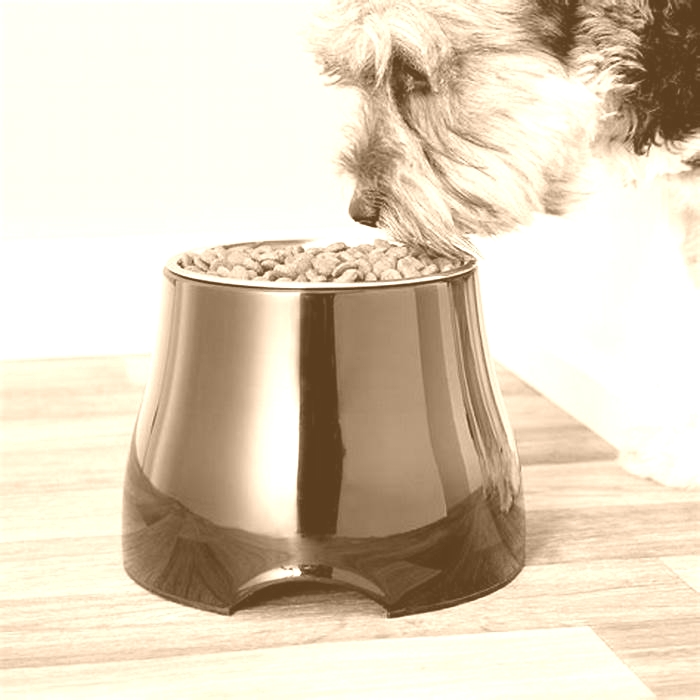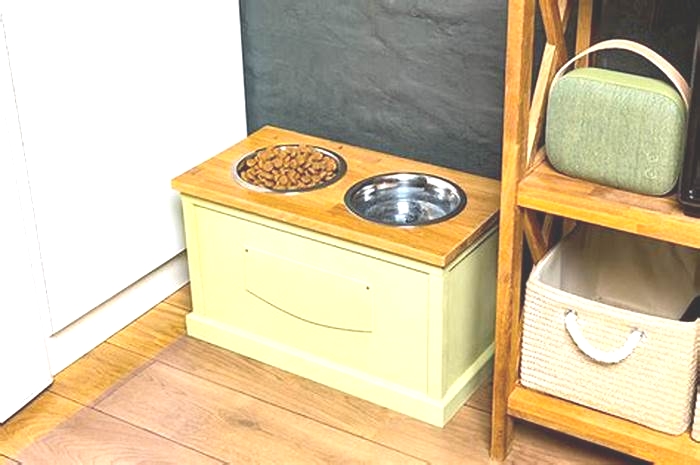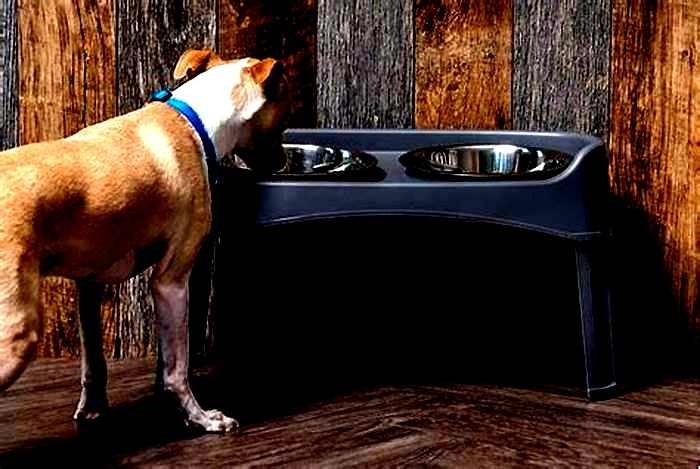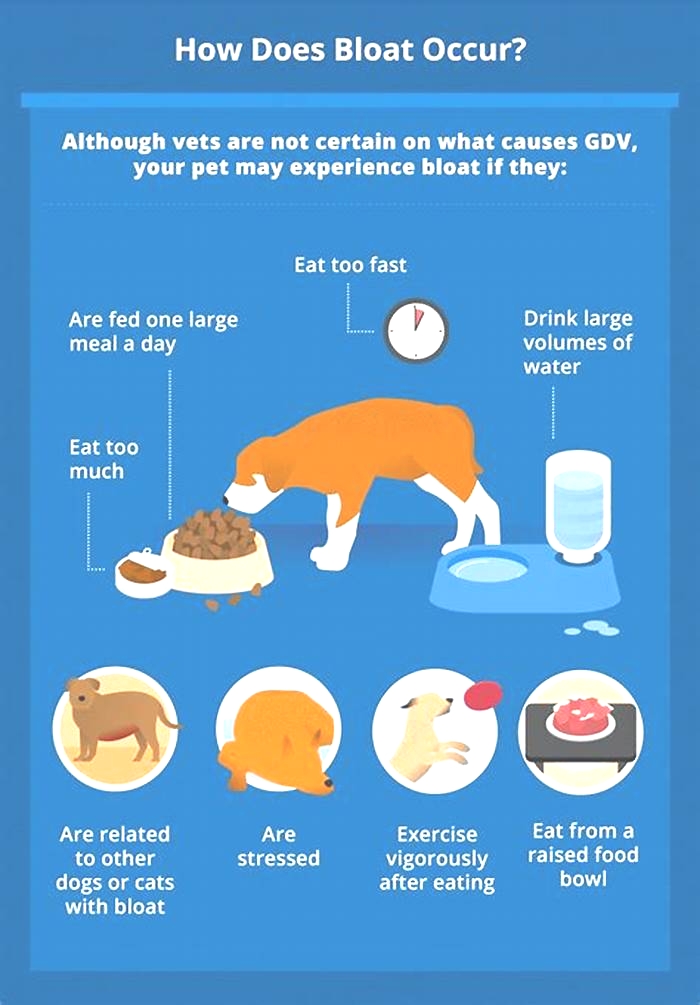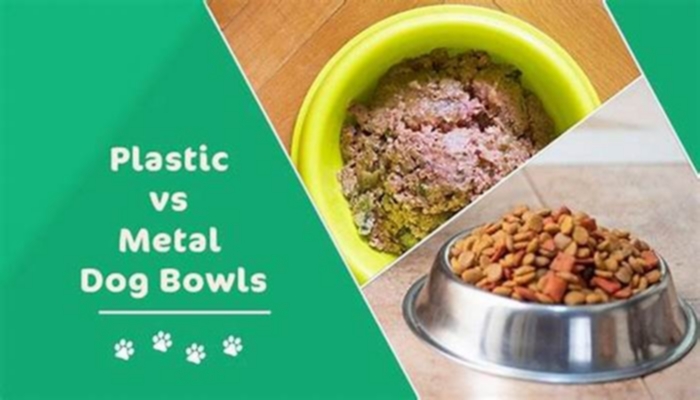Are raised food bowls bad for dogs

5 Benefits of Elevated Food Bowls for Dogs: Myths or Facts?
Over the years, there have been plenty of contention topics among dog owners are grains good or bad?
Should dogs be spayed or neutered before a certain age?
Can they see color?
However, one topic that has repeatedly been questioned is the benefit or detriment of elevated food bowls for dogsand how these now popular raised dog food bowls affect our pets.
What are elevated dog food bowls?
 An elevated dog food bowl is any pet food bowl that does not sit directly on the floor. The actual height of elevation of the bowl may vary based on design. There are elevated dog food bowls (also called raised dog food bowls) that come in set elevations for different-sized dogs.
An elevated dog food bowl is any pet food bowl that does not sit directly on the floor. The actual height of elevation of the bowl may vary based on design. There are elevated dog food bowls (also called raised dog food bowls) that come in set elevations for different-sized dogs.
There are adjustable raised pet food bowls that allow owners to choose a specific bowl height.
With the popularity of raised food bowls, many pet owners have wondered if they should ditch their old regular dog food bowls and start their canines on elevated ones due to the potential benefits they provide.
However, there's more to know about elevated pet food bowls than some sources may lead you to believe.

How to pick a raised dog food bowl?
If there are different heights for elevated bowls, how does one find the correct and perfect height of an elevated food bowl for a pet?
If you decide to switch from regular dog food bowls to using elevated feeders for your dog, height is the main component to consider, and it's essential to select a raised bowl at the correct height.
Measuring is key.
How to measure:
The best way to measure your dog to get the right elevated dog bowl is to get your Fido to stand with his legs directly underneath him.
From here, get a tape measure and measure from the floor up to the point where your dogs front legs meet the chest.
Alternately, you can measure from the floor up to your dogs shoulder and subtract between 3 and 6 depending upon his overall height.
You want to subtract 6 for larger dogs, whereas for smaller dogs, you would subtract 3.
Just remember: if you aim to reduce stress on your dog's spine or neck, you should use a raised dog food bowl tall enough to do this.
However, I recommend first reading this article and doing enough of your own research on using raised bowls, and here's why.
Elevated food bowls for dogs have been advertised as having many benefits for dogs' health.
Unfortunately, not all of those advertised benefits hold.
Lets take a look at some of these widely spread truths and falsehoods from a scientific viewpoint.
READ MORE:Mealtime Battle Regular Dog Bowl vs. Raised Dog Bowl
5 Myths and Facts ofElevated Food Bowls for Dogs
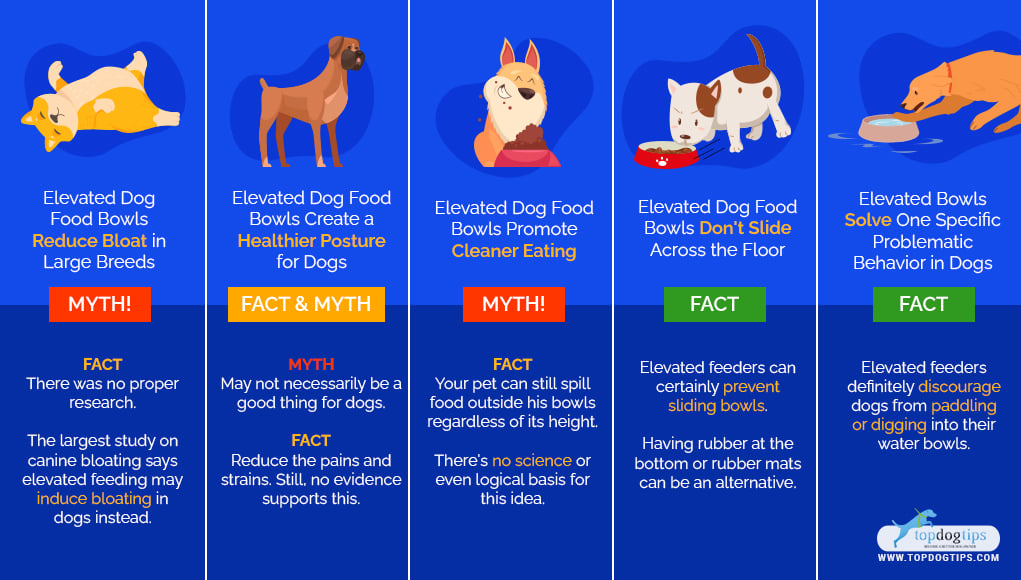
1 Elevated Dog Food Bowls Reduce Bloat in Large Breeds
This is FALSE.
When first promoted, raised dog food bowls were sold as something extremely beneficial for larger breed dogs at a higher risk of bloating.
This view was sold as science because it resulted from a statistical study (the Glickman Study).
However, this was no proper study, and the conclusion was extremely flawed.
All that this study did was look at the information of other available, non-science-based literature and anecdotal evidence that already existed and did no research into the matter at all.
In fact, the largest study on contributing factors to canine bloat in larger breed dogs to date says the exact opposite.
Elevated feeding may induce bloating in canines, especially in those with sensitive stomachs.
True, this study wasn't perfect; however, it's the best research paper we have to date.
From what research the scientific community currently has, the idea that elevated feeders can prevent bloat in large-breed dogs is questionable at best.
So, do elevated feeders for dogs reduce bloating in larger breeds? The correct answer here would be that we don't know for sure, but, likely, they DO NOT.
RELATED:5 Reasons Your Dog Has Canine Bloat and How to Prevent It
2 Elevated Dog Food Bowls Create a Healthier Posture for Dogs
This one is both TRUE and FALSE.
 Companies promoted elevated food bowls for dogs to prevent bloating in large dogs because they are supposed to create a healthier eating posture.
Companies promoted elevated food bowls for dogs to prevent bloating in large dogs because they are supposed to create a healthier eating posture.
The truth is that, most likely, dogs have evolved to eat in a head-down posture (sources: 1, 2, 3), so eating in a different posture may not necessarily be a good thing.
With that being said, in theory, this altered posture can be beneficial in other instances, such as older, arthritic, or injured dogs.
When a dog has a case of canine arthritis, joint pain, or immobility issues, eating with a head-down posture can cause excess strain and pain.
By raising your dog's food bowl, your pet no longer has to experience those pains and strains because they do not have to lean down as far to eat.
This has not been researched, though, and is mostly guesswork.
So, is elevated feeding good or bad for older or injured large-breed dogs? There is still controversy here, as I've indicated in my theory.
Since the evidence is scarce to support each side's benefits and detriments, it is a matter of the owner's preference.
RELATED:5 Best Collapsible Dog Bowls for Easy Travel
3 Elevated Dog Food Bowls Promote Cleaner Eating
This is FALSE.
Somewhere along the line (probably with new companies trying to sell the revolutionary raised dog food bowls and making stuff up) came the myth that elevated dog feeders promoted cleaner eating spaces for canines.
We arent sure where this idea came from, but this one is absolutely false and has no scientific or even logical basis.
Because of how dogs evolved to drink water and consume food, regardless of the height of your dog's food bowl, your pet can still spill kibble, drop kibble, or even move kibble outside of his bowl.
When dogs consume food, they have their mouths in the same proximity to the source regardless of height.
There is no science on how elevated dog food bowls promote cleaner eating, nor do we need it; watch your pooch eat.
4 Elevated Dog Food Bowls Don'tSlide Across the Floor
This is TRUE.
One concern that some dog owners have is the fact that their dog moves his bowl across the floor as he eats.
Elevated feeders can certainly prevent this from happening, and there's no doubt about that.
However, it is worth noting that a raised dog food bowl is not the only solution to the problem.
Just off the top of my head, two other things that can solve this issue are bowls with rubber on the bottom that prevents sliding or rubbery dog food mats where you can place your Fido's bowl to prevent sliding (which also helps to keep the area cleaner).
Therefore, because we have reasons to believe that elevated food bowls for dogs pose a potential hazard for some breeds to develop bloating, it may be better to choose alternative solutions to the sliding bowl problem rather than opt for an elevated feeder.
READ THIS:Dog Food Bowls That Slow Down Eating When Do You Need One?
5 Elevated Bowls SolveOne SpecificProblematic Behavior in Dogs
 This is TRUE.
This is TRUE.
One particular behavioral issue in dogs that isn't common but can be seen often enough for owners to start looking for solutions attempting to swim or dig into the water bowls, even if the bowl is small.
Some dogs, particularly those with a high predilection for water, spend a great deal of time trying to paddle in their water bowls as if it's the pool.
There's no explanation for this other than they like to be in the water.
The issue is most common with puppies.
Elevated feeders definitely discourage dogs from turning their water source into a pool.
VIDEO GUIDE:How to Choose the Right Dog Bowl (step by step)
The Final Verdict
Frustratingly, when I try to summarize my conclusions on the benefits of elevated food bowls for dogs, I must admit that there are both benefits and detriments to their use. Overall, I would say that the potential cons of using elevated dog food bowls outweigh the possible pros (unless you have a particular reason to use them).
So if you are considering using a raised dog food bowl for your Fido, my advice is that you weigh these pros and cons against your specific case and your specific dog before making your final decision.
Remember to consider the added cost of raised dog food bowls, especially if you're currently on a budget dog food diet.
Say you have a Great Dane and want to use an elevated feeder to reduce the strain on his neck and spine while eating.
Science indicates that an elevated feeder in larger dogs prone to bloating more easily is contradictory.
So, while your Great Dane may not experience strain in his neck from eating at an elevated feeder, the risk of bloating trumps this benefit.
Say you have a 14-year-old Basenji (a breed not particularly prone to bloat) with a severe case of canine arthritis in the neck, spine, and legs.
You want to use an elevated feeder to assist with posture-related pain and strain.
Common sense indicates that using an elevated feeder in this instance would be beneficial.
Potentially alleviating pain and strain and would not pose concerns of increased risk of canine bloat.
Whatever your decision, definitely speak with your veterinarian before making a switch to a new dog feeder.
Explain the concerns that you have and ask for advice on the best methods to fix them.
Maybe the answer is elevated food bowls for dogs, and maybe it's not.
Common Questions About Elevated Food Bowls for Dogs
If you still have any lingering questions about elevated food bowls for dogs, the following information should help.
Should a Dogs Food Bowl Be Elevated?
You should consider elevating your dogs food bowl if he is elderly or has issues with his joints or bones. Stick to other options if your dog is a larger breed.
Why Are Elevated Dog Bowls Bad?
Elevated dog bowls are only bad for certain dogs. Specific breeds are at a higher risk of bloat if they eat from an elevated bowl.
Do Elevated Dog Bowls Help?
Yes, elevated dog bowls can help your dog, especially if he has bad joints or bones. It can reduce the strain on his joints, including his hips and neck.
Do Raised Dog Food Bowls Cause Bloat?
Depending on the breed, elevated food bowls for dogs can cause bloat. Luckily, there are some things you can do to reduce the risk.
Let your pup take advantage of an elevated bowl.
Are our Raised Dog Bowls Dangerous?
As long as you know the risk of bloat and take proper precautions, raised dog bowls are not dangerous. To be safe, consult your dogs vet before switching him to an elevated bowl.
READ NEXT:Top 25 Best Puppy Food Brands (2018)

Are Elevated Dog Bowls Good or Bad?
Elevated dog bowls are a controversial topic any caregivers. This is because there are different theories on its pros and cons. Some say it is a digestion, whereas others say the contrary. The original theory that's supported elevated dog bowls stated that it would help the posture of large and giant breed.
In this AnimalWised article we are going to debunk these myths and tell you whether elevated dog bowls good or bad. We will also mention for which dogs an elevated dog bowl can be beneficial and how to make your own at home.
Are Elevated Dog Bowls Good or Bad?
Elevated dog bowls have their charm. They seem to be better for the posture of our dog and helps them keep tidy when eating. When first advertised they were said to also help our dog with their digestion. However, recent studies have debunked this theory as elevated dog bowls are now tied to an increase in risk for large or giant breed dog to develop bloat torsion. This problem is also known as gastric dilation and volvulus (GDV).
Although GDV can be caused by other factors, it has now been linked to elevated food bowls by a couple of studies. Although it's a treatable disease, bloat can be fatal. The key is early detection in order to act quickly before it becomes fatal. This is why, unless instructed by a veterinarian, it's best to completely avoid elevated dog bowls.
The largest study done on this subject took 1,637 dogs for a period of 6 months without a history of GDV. The breeds included: Akita, Bloodhound, Collie, Great Dane, Irish Setter, Irish Wolfhound, Newfoundland, Rottweiler, Saint Bernard, Standard Poodle, and Weimaraner. After the 6 months of studies, they concluded that approximately 20 and 52% of cases of GDV among the large breed and giant breed dogs, respectively, were attributed to having a raised feed bowl.
If we also think about this logically, the best way for a dog to eat is the way they would do so in the wild. Their ancestors didn't have elevated bowls even if they were large and tall animals. Therefore, it's safe to say that it's unnatural for a dog to eat with an elevated bowl in the wild.
With that being said, some veterinarians will recommend elevated food bowls for dogs that have certain health issues, such as arthritis or a specific injury. In these cases, it's understandable that an elevated food bowl can help them avoid further pain.
Is an elevated dog bowl right for your dog?
Due to the controversial studies, an elevated dog food bowl shouldn't be given to any dog, even to giant dog breeds. Instead, you must first ask your veterinarian if it's correct for your dog. They are professionals that will be able to tell you specifically if your dog needs an elevated dog bowl due to arthritis or another medical issue.
To be more specific, the dogs that are more prone to needing an elevated dog bowl are:
Nevertheless, you will need to ask your veterinarian before purchasing or making your own elevated dog bowl as it may bring more issues than solutions for certain dogs.
Choosing an elevated dog bowl
Once your veterinarian has recommended an elevated food bowl for your dog, it's time to choose the correct elevated food bowl for your dog and their condition.
The correct height
To calculate the correct height of the elevated food bowl, you can measure your dog's height at the withers and then subtract 15cm. It's best to choose an adjustable elevated food bowl so as to be able to change the height with ease.
Choosing bowl
The best options would be stainless steel. However, ceramic or glass is also fine (although easier to break). What we should avoid is plastic bowls.
Different models
There are many different models of elevated dog bowls. Go to your local pet shop and choose the best design for your dog, your home and the design that's easiest for you to clean. Make sure it's high quality too. If you have any doubts, ask your veterinarian for some guidance.
DIY homemade elevated dog bowl
Another option is to make an elevated dog bowl at home. This DIY is super simple and easy to do. It also allows you to customise the bowl for your dog.
You will need:
- Wooden crate
- Two bowls
- Retractable cutter
- Paint, markers, pencils, etc.
Follow these simple steps to make your own elevated dog bowl:
- Flip the crate over and trace the bowls where you want them to be.
- Carefully cut it out with the cutter.
- Now start painting! Use paint, markers, etc. Be creative!
- Let it dry for a couple of hours.
- Now add in the bowls and start using it!
You can also watch our AnimalWised video about DIY projects for your pet. On minute 18:49 you will find how to make your own elevated dog bowl.
If you want to read similar articles to Are Elevated Dog Bowls Good or Bad?, we recommend you visit our Basic care category.
Bibliography
- Glickman LT, Glickman NW, Schellenberg DB, Raghavan M, Lee T. Non-dietary risk factors for gastric dilatation-volvulus in large and giant breed dogs. J Am Vet Med Assoc. 2000;217(10):1492-1499. doi:10.2460/javma.2000.217.1492
- Buckley, Louise. (2017). Are Dogs That Are Fed from a Raised Bowl at an Increased Risk of Gastric Dilation Volvulus Compared with Floor-Fed Dogs?. Veterinary Evidence. 2. 10.18849/ve.v2i1.57.


